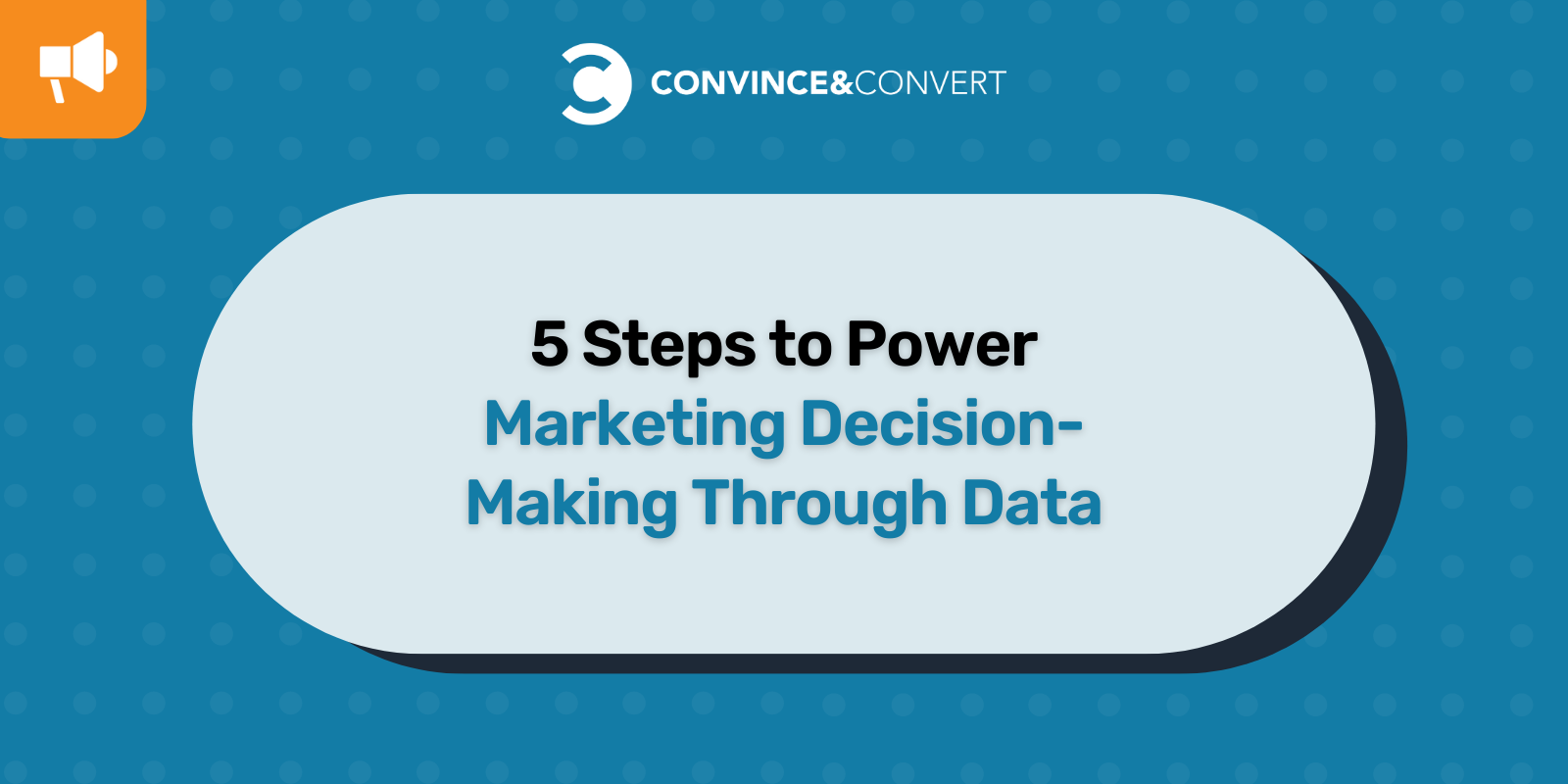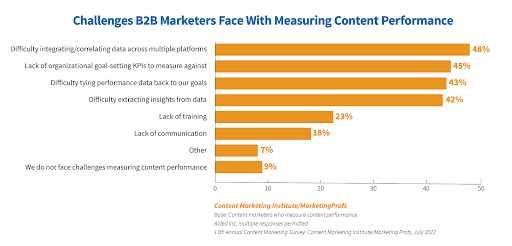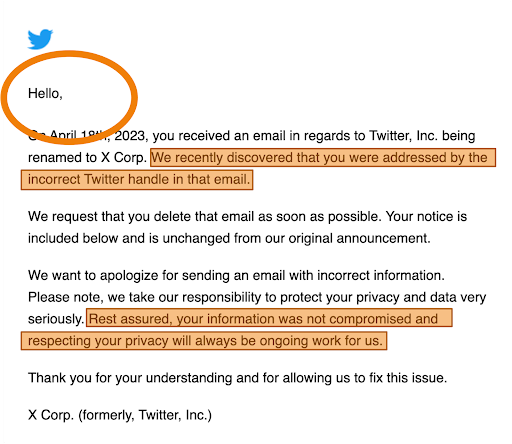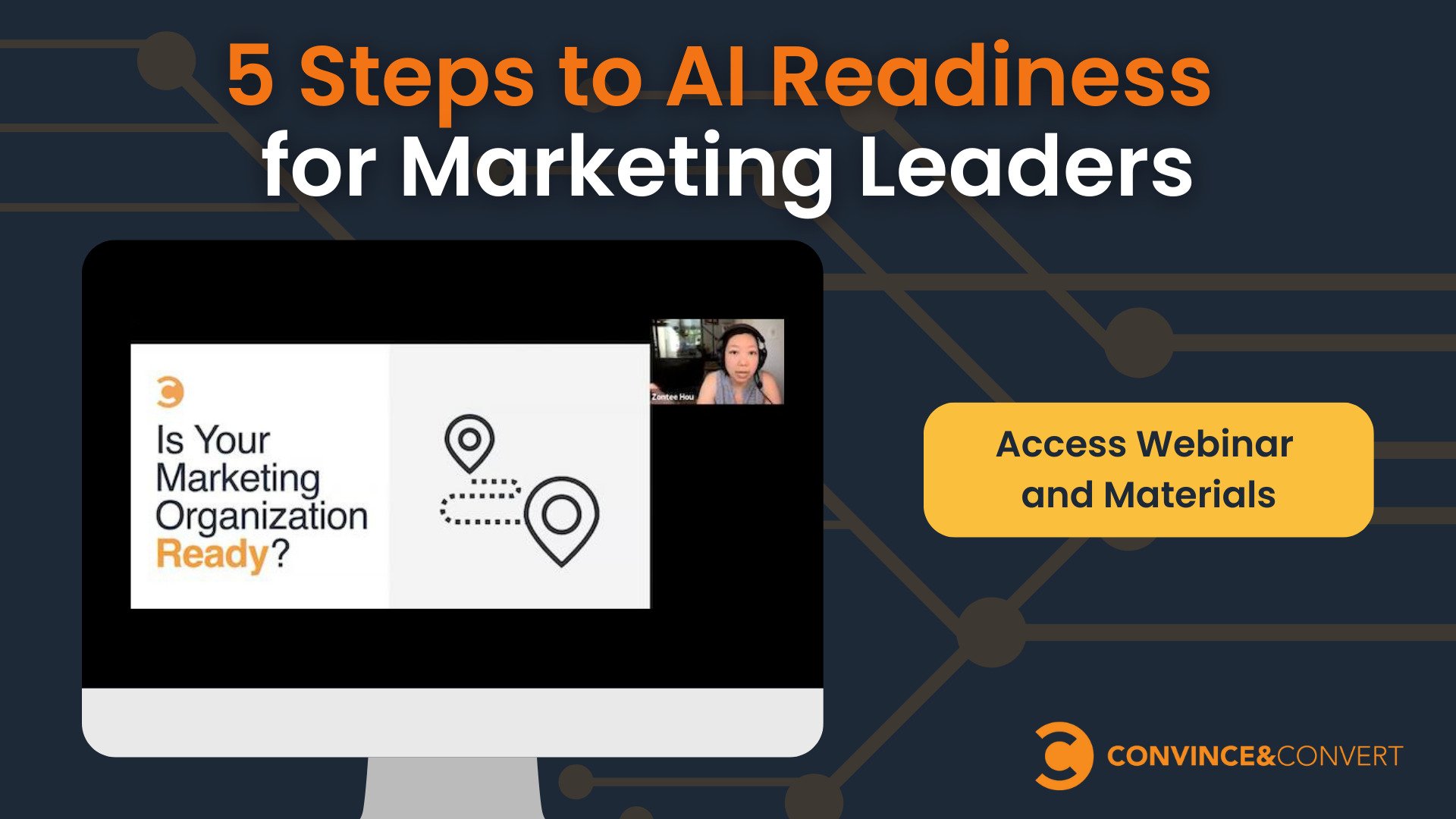
I was recently speaking at a conference for one of our clients, and I asked, “What’s your biggest challenge when it comes to measurement?” Just a few of the things that I heard from this room of 150+ marketers were:
“Too many things to measure”
“Making the results understandable and applicable”
“Ease of use of analytics platforms”
“Integration between tools”
“What has value now may not have value in the future”
Are these things that you have felt or thought? Let’s face it. Getting a clear picture of performance and effectiveness is something that most marketing teams struggle with in some capacity. In fact, in the latest edition of their annual content marketing survey, our friends at Content Marketing Institute/MarketingProfs found that nearly half of B2B marketers struggle with integrating/correlating data across platforms and 45% said that they lack organizational goal-setting KPIs to measure against. These are basic things that we know we should be doing, yet even in 2023, marketers are struggling to do them.

How to Strategically Use Data as Marketers
To be strategic in our marketing efforts, we need to know our audiences, we need to have clarity around our data, we need to be able to make sense of our data, and we need to experiment with our data. Without a thoughtful and strategic approach to collecting and measuring our data, we can’t effectively power our marketing decision-making engine.
Here are five things that every team must do to build a strategic measurement framework and take action based on what’s being measured.
1. Ground Your Efforts in 9 Kinds of Audience Data
In a survey conducted with 1,000 consumers, SmarterHQ found that “72% of consumers say they now only engage with marketing messages that are personalized and tailored to their interests.” They also found that the issue is even more acute among business buyers, “82% of whom say personalized customer care influences loyalty.” That shouldn’t be a surprise—haven’t we all been frustrated when getting an ad or an email that’s completely irrelevant to our specific needs?
To make sure that we have a clear picture of what matters to our audiences, we need to collect information beyond the basics. Does your organization collect and maintain customer records that take into account the following 9 areas?
- Demographic
- Geographic
- Behavioral
- Psychographic
- Customer relationship
- Channel preference
- Technographic
- Social media
- Consent and preference
2. Unify Your Data
Our friends at Ascend2’s “Data Unification & Management” survey found that 71% of marketers agree that implementing a strategy to unify and manage data is somewhat or extremely complicated. We’ve seen this among our own clients, from large financial institutions to well-known healthcare brands; I have had so many clients tell me that their data unification process is onerous and involves too many teams.
And yet, the truth is: there will never be a better time than today to unify your data. We are all moving towards a more personalized and data-driven future, and with that in mind, we need to prioritize the process of building one source of truth that helps our teams be able to both report on impact, and also deliver on more personalized experiences for our customers.
71% of marketers agree that implementing a strategy to unify and manage data is somewhat or extremely complicated. Click To Tweet3. Invest in Data Quality
I recently received an email from Twitter, announcing its name change to X Corp. Except it wasn’t addressed to me, it was addressed to a “Stacy K.” I then got a follow-up email letting me know that the first email was a mistake and that my information was not compromised. Note (below) that they didn’t even bother to include the personalization in this email (it just says “Hello”):

This kind of human error can be reputationally damaging because, at best, it makes your brand look foolish, and at worst, it undermines trust. To make better decisions through data, we have to make sure our data quality is high. To do that, first, we must regularly conduct audits of our data:
- Consistently review our processes and standards for data entry/import.
- Regularly spot-check data quality.
- Review how our data is being used/augmented by our various stakeholder groups.
In addition, governance and team training is vital to the maintenance of data quality; it’s not just about the infrastructure or the data itself, but also the people who oversee its creation and use.
4. Leverage AI and Machine Learning
You may remember Charles Duhigg’s influential article for The New York Times in 2012, in which he revealed how Target’s data science team was able to determine which customers were likely pregnant, even before they were making explicitly baby-related purchases. They did this through tenacity and lots of experimentation, but nowadays, AI-augmented tools like Optimizely or Persado can make it easier than ever to identify customer cohorts, retarget them, and even serve up webpage copy or ads dynamically based on what’s known. This kind of marketing decision-making doesn’t even need human intervention once the systems are set up.
But even small teams can use publicly available AI tools to do research to better understand their audiences. You can go into ChatGPT and type in questions like, “What are the most important factors when [your target audience] is considering buying [your product]?” The trick here is to be specific; the answers you might get for “Millennials” will be significantly less specific than for “Millennial business owners with a limited budget.”
5. Test Your Hypotheses
Furthermore, data shouldn’t be static. To continue to improve and learn from your data, you must create hypotheses and set up tests to see what’s true and what’s not.
When I talk to marketing teams, it’s not that they don’t have the desire to test. Often, they simply haven’t put the mechanisms in place to consistently test.
Build testing into your content calendars. If every piece of content and every campaign has a test assigned to it and the creation of assets to support that test is built into the production process, you’ll be able to learn quickly and consistently with every marketing execution.
To make better decisions using your data, ultimately, you need to make sure that you have the data that relates back to your objectives. That isn’t necessarily going to be things like follower count or number of subscribers. Rather, it may be a holistic roll-up of how engagement and conversion looks at each stage of the customer in aggregate.
Rather than looking for clarity in the individual numbers or performance of our content, we need to look for shifts in the overall performance and strategic approach to marketing development. That requires us to have more data, but also the tools to help us make sense of the big picture, by allowing us to relate the data to our big picture goals.

